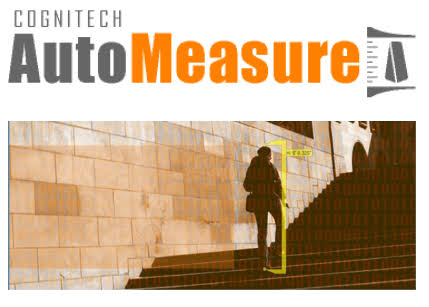The most common way of catching and recreating 3D models from 2D pictures utilizing photogrammetry programming has gone through a change in outlook, opening up thrilling doors in fields like design, archaeology, and virtual reality. However, like any other technology, photogrammetry software has limitations. But not to worry as the difficulties of capturing and reconstructing complex scenes and the limitations of photogrammetry software will be examined in this article.
To manage expectations, enhance workflows, and investigate a variety of other options in the field of 3D modeling and reconstruction, it is essential to have a solid understanding of these limitations.
Major Limitations Faced By a Photogrammetry Software
Photogrammetry software, despite its numerous benefits and advancements, still faces several major limitations. One significant limitation is the requirement for high-quality input data. Photogrammetry heavily relies on capturing accurate and detailed images from multiple angles to reconstruct 3D models.
Accuracy and Precision
One of the most significant drawbacks is the software’s accuracy and precision. Though these tools are able to create impressive 3D models, the level of accuracy that is achieved might not always be sufficient, especially in situations where extremely precise measurements are needed. Factors like image resolution, lens distortion, and camera calibration that introduce errors into the reconstruction process can lead to inaccuracies in the final model.
Understanding the limitations of photogrammetry software’s measurement accuracy and considering whether structured light scanning or laser scanning are better suited to high-precision applications are essential.
Scene Complexity
In complex scenes, even the best photogrammetry software will have trouble capturing and reconstructing intricate geometries, reflective surfaces, and transparent objects. As a result of the software’s inability to precisely identify and align image features in these circumstances, reconstructions may be incomplete or distorted.
Also, it is difficult to obtain all necessary perspectives in scenes with occlusions or limited visibility, making it challenging for the software to produce accurate and comprehensive 3D models. Alternate scanning methods like LiDAR or depth sensors can be used to supplement or enhance photogrammetry data to overcome these limitations, or employing specialized software and methods designed to deal with particular complexities.

Texture Quality
Despite the fact that photogrammetry software is excellent at capturing geometry, it may have trouble accurately reproducing fine details and texture quality in 3D models. Consequently, the reconstructed model’s texture mapping may appear blurry, lacking in fine details, or exhibiting artifacts. Understanding that photogrammetry software may require additional post-processing or manual editing to enhance textures or incorporate them from alternative sources, such as dedicated texture cameras or high-resolution texture images, is essential for managing expectations regarding texture quality.
Moving Objects and Dynamic Scenes
For accurate reconstruction, photogrammetry software relies on static scenes and requires multiple images taken from various angles. As a result, it can be difficult to capture dynamic scenes or moving objects. Since the software has trouble aligning images taken at different times, moving objects may cause the reconstructed models to be inconsistent or blurry. Additionally, inconsistent reconstructions can result from changes in scene elements or lighting conditions during image capture. Relieving these restrictions might include cautiously arranging the image capture process, utilizing techniques such as image masking to avoid moving items, or exploring alternative capture strategies like 3D scanning with ideal hardware for dynamic scenes.
Computational Requirements
Photogrammetry software can have significant computational requirements, especially when processing large datasets or complex scenes. To match and align image features, reconstruct geometry, and texture the resulting 3D models, the software uses a lot of computation. Processing times can be long as a result, necessitating powerful hardware and plenty of computational resources.
Optimizing hardware configurations, utilizing distributed computing solutions, or investigating cloud-based photogrammetry services that offload processing tasks to remote servers may be used to manage these limitations. Users can also benefit from having a solid understanding of the hardware and software requirements when making decisions about system investments or upgrades to ensure optimal performance.
Wrap Up
Photogrammetry software has unquestionably revolutionized the field of 3D modeling and reconstruction, opening up exciting applications. However, in order to have realistic expectations and make effective use of this technology, it is essential to comprehend its limitations. Professionals can ensure the success and dependability of their photogrammetry projects by recognizing the limitations imposed by accuracy, complexity, texture quality, moving objects, and computational requirements. From there, they can make educated choices, investigate alternative approaches, and optimize workflows.

